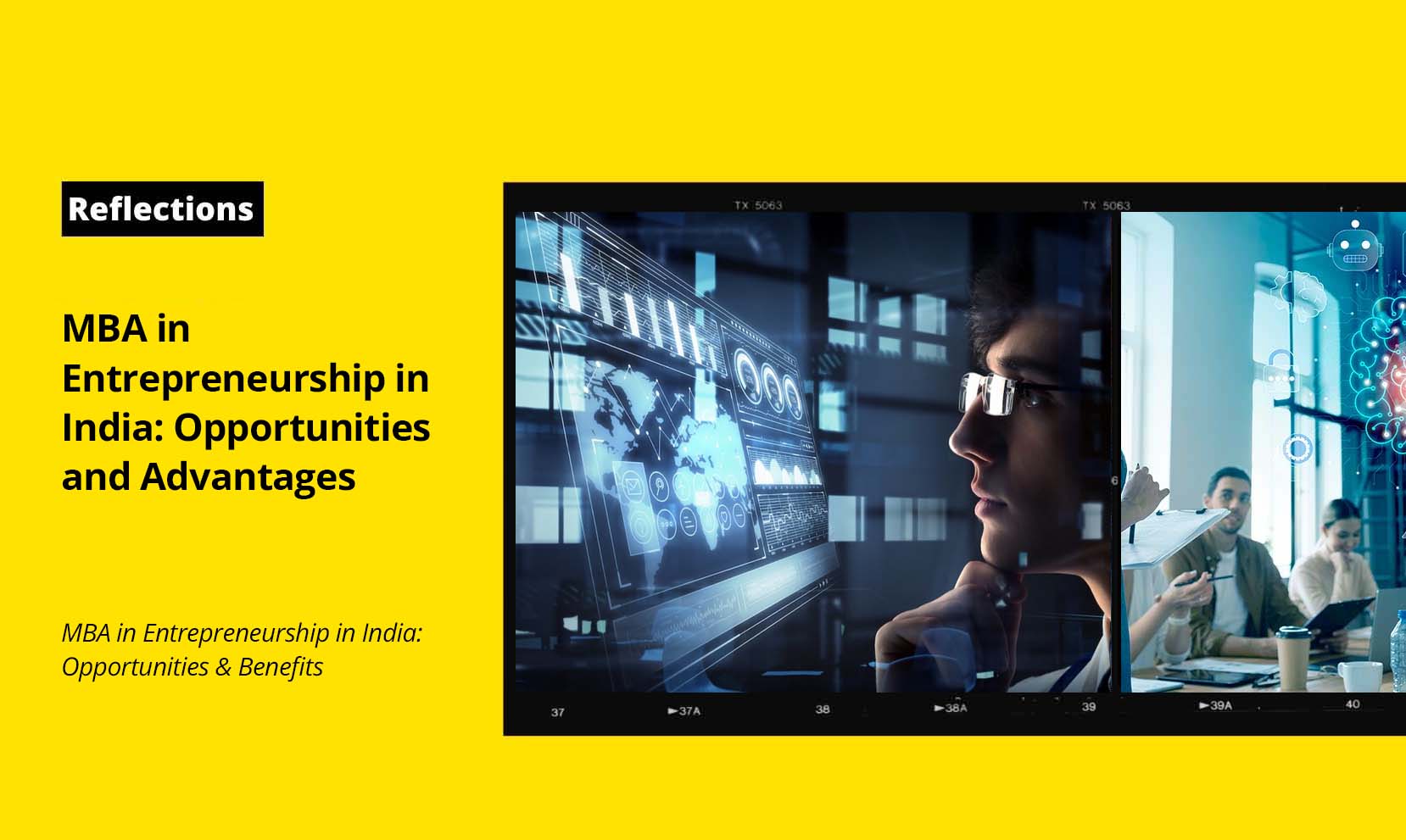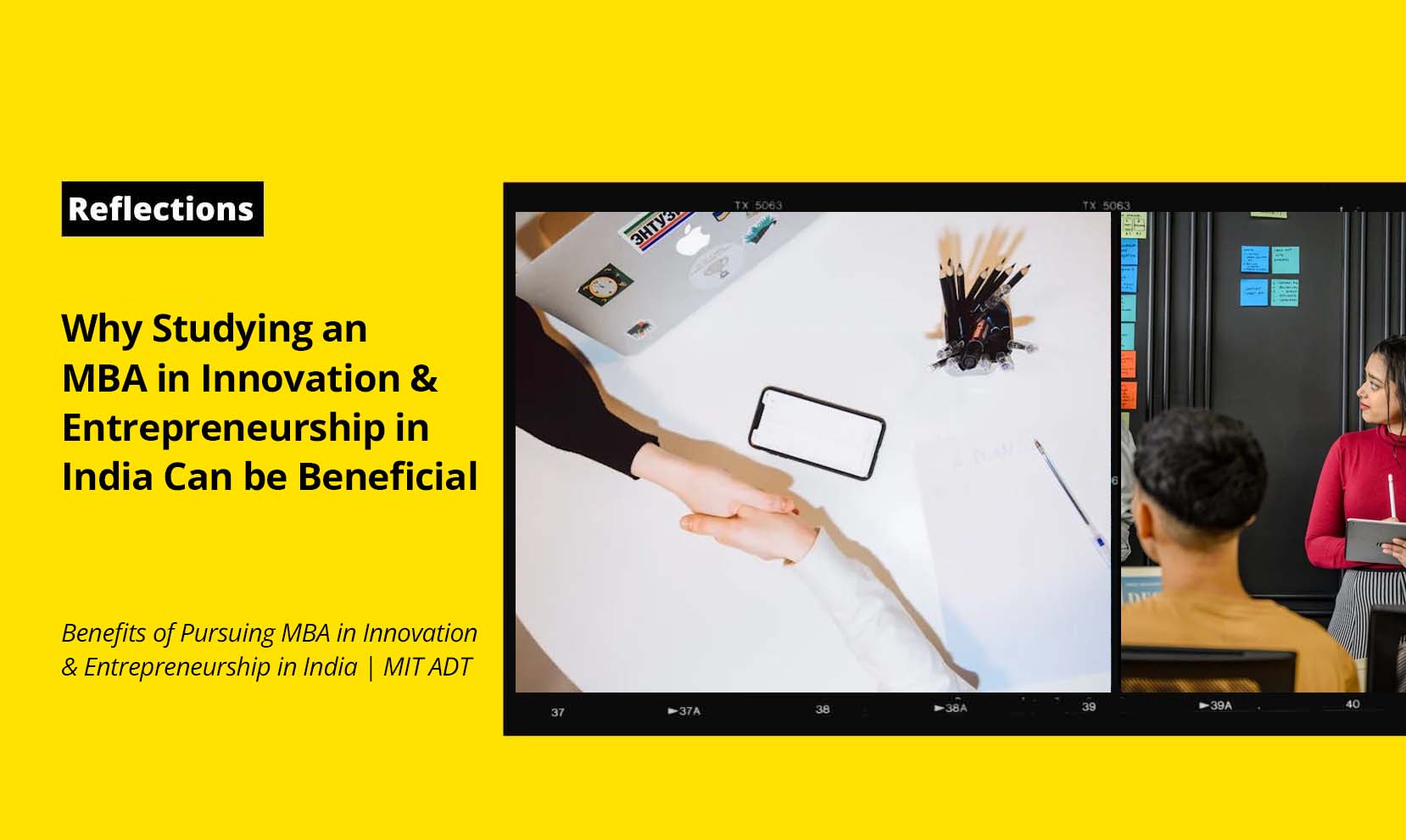What Is Creative Design Thinking?
A strategy for practical and imaginative problem-solving is design thinking. Some of the world’s most well-known brands, including Apple, Google, and Samsung, quickly adopted the design thinking approach. You should understand what design thinking is and why it’s so popular before incorporating it into courses in design thinking. Here, we’ll get to the point and explain creative design thinking and why it’s so popular.
Creative design thinking and its importance
It involves empathising with how people interact with their environment and employing a practical, iterative process to produce innovative solutions. Any complex system, not just design systems, can benefit from creative design thinking because it makes complex systems more effective.
- Stand the target market for the goods and services designed.
- Helps to observe and develop empathy for the intended audience.
- Improves the capacity for inquiry: design thinking asks us to consider the consequences, assumptions, and problems.
- It is quite beneficial for dealing with ambiguous or unidentified problems.
- Drawing, creating prototypes, and conducting tests and trials involve experimentation with novel ideas and concepts.
Why can’t the creative design thinking process be linear?
The creative design thinking process is not linear and loops back on itself. Reviewing these clearly defined phases might notice a reasonably rational progression with a planned order. You’ll need to reconsider and reframe what you’ve done in the past in light of each new revelation that each phase delivers since you can never move forward in a straight line.
Four principles of creative design thinking
These are the four principles –
● The rule of human
Any design endeavour, regardless of context, has a social component, and any social innovation will return us to the human-centric point of view.
● The ambiguity principle
Ambiguity is inevitable and cannot be avoided or oversimplified. It would help if you experimented at the limit of your knowledge and ability to see things differently.
● Redesign guidelines
Design can always be redone. Although societal norms and technology may evolve and advance, basic human needs remain constant. We merely alter how certain requirements are met, or objectives are achieved.
● Tangibility principle
Design professionals can express ideas more effectively by turning them into prototypes.
Five phases of creative design thinking
Creative design thinking is organized into five stages.
● Empathise
User-centric research is the main emphasis of the very first phase of the design thinking process. It’s crucial to gain an empathic understanding of the problem you’re trying to fix.
● Define
Compile the first-stage observations in this second step to identify the issue you’re attempting to tackle.
● Ideate
Designers are prepared to develop ideas in the third phase of the design thinking process. Moreover, you’ve created a user-centric problem statement by analysing your findings from the Define step.
● Prototype
This stage is where concepts become practical solutions. The goal of prototypes is not perfection. A prototype aims to swiftly produce a tangible representation of the concept to gauge user reaction.
● Test
In the model’s final stage, the outcomes are frequently utilised to redefine one or more additional challenges in an iterative process like design thinking.
Benefits of creative design thinking
Even though designers first employed it, people from other fields frequently employ creative design thinking. Each division of a company can employ design thinking. Managers should first identify the target audience for their initiatives before using the five stages of design thinking to describe and address the challenges that have been discovered. A firm is 70 percent more likely to be inventive, creative, and ultimately more human when it uses a design thinking methodology.
Conclusion
The MIT ID Innovation programme gathers data and experiences that go against the course of natural evolution. Learn everything needed tomorrow to create growth systems and tools for transformation with MIT ID Innovation courses in design thinking and innovation. The course will assist you in achieving your professional objectives for your business or innovating your current operation. Enrol yourself now!



